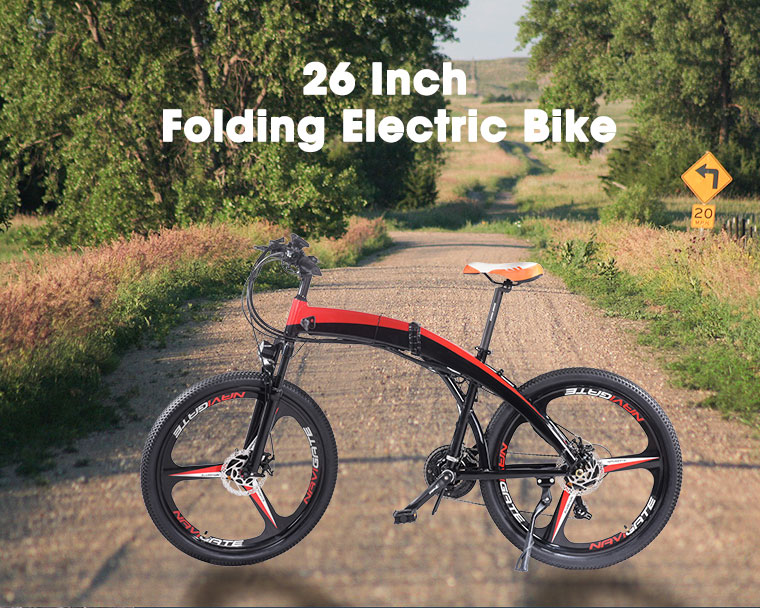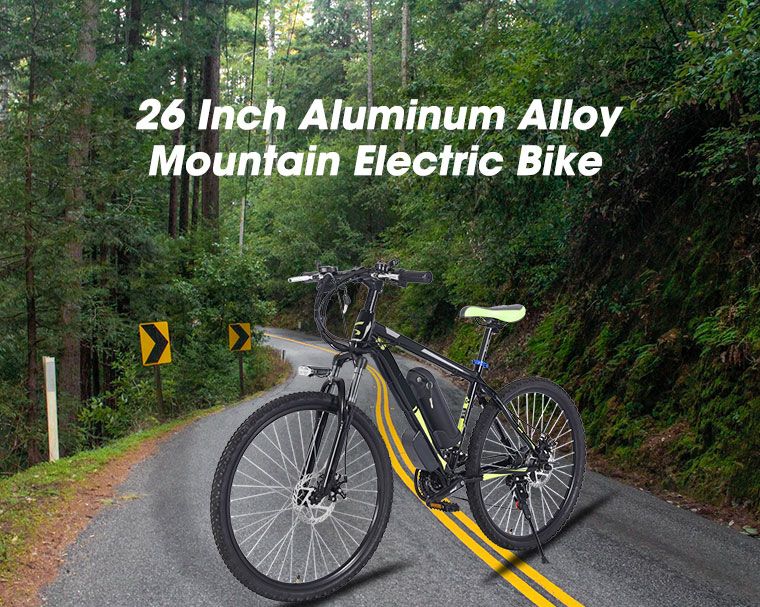Are Electric Cycles Legal in Canada?
In 2019, it is a moot point when Pedegos are being ridden by law-enforcers and law-abiders all over the country! Canadian police officers are and municipal governments are . So it is not so much whether you can ride an electric cycle, but where you can ride your Pedego, that requires further explanation.
Are electric bikes legal in Canada?
The short answer to this question is “absolutely!” Current laws around electric bikes were first enacted by the federal government in 2000 under Canada’s Motor Vehicle Safety Regulations and classifies electric cycles as “Power Assisted bicycles.” This is an important distinction because “electric cycles” can sometimes be confused with scooters and electric motorcycles. There are three key characteristics of a Power Assisted Bicycle:
– It has operable pedals
– It has an attached electric motor of 500 watts or less
– It has a maximum speed capability of 32 km/hr from the motor over level ground
Power assisted bicycles cannot have a motor that runs on gasoline but they can have three wheels, such as the new Pedego Trike. Also, all electric cycles in the Pedego Canada product roster do not have motors that exceed 500W and are limited to a maximum speed of 32 km/hr. The law further states owners of electric cycles do not require a license to operate them nor is special insurance or vehicle registration required.
That’s the easy answer to the question “are electric cycles legal in Canada?” But it gets more interesting because the federal law stipulates that provinces and municipalities have the right to restrict power assisted bicycles from some roads, lanes, paths and thoroughfares. Therefore, in order to best understand are electric cycles legal in Canada, we need to look at Provincial requirements and then municipal laws.
British Columbia
Electric cycles are classified as “motor assisted cycles” in British Columbia and, like federal regulations, must have operable pedals, a 500W battery or less and a top speed of no more than 32 km/hr. The legislation goes on to stipulate riders of electric bikes must be at least 16 years of age and wear a helmet and the bike’s motor must disengage when:
– the operator stops pedaling
– an accelerator controller is released
– or a brake is applied.
Alberta
Electric cycles are referred to by Alberta legislation as “power bicycles” and the laws around them are consistent with the federal definition of “power-assisted bicycle.” However, the province stipulates that operators must be 12 years of age or older and all operators are required to wear a helmet. A passenger is permitted only if the electric cycles is equipped with a seat designated for that passenger.
Saskatchewan
Power assisted bicycles are classified in two categories in Saskatchewan. An electric assist bicycle is a two or three-wheeled bicycle that uses pedals and a motor at the same time only. A power cycle uses either pedals and motor or motor only. Riders of power cycles need to be 16 and require at least a learner’s driving licence. The electric assist bicycle does not require a licence. Helmets are required for both.
Manitoba
Legislation in Manitoba for electric cycles is a bit different than the federal government’s. In that province electric cycles can also be classified as scooters, mopeds or mobility vehicles depending on the power of the engine used and its top speed. If the engine on the electric cycle does not exceed 50 km/hr, the rider is not required to have a motorcycle licence or any specific training. However, the operator is required to be 16 years of age and be enrolled in some stage of the Class 5 driver’s licence graduated licensing process. (Class 5 is the most common form of license and allows the holder to drive a normal vehicle.)
Ontario
Riders of power assisted bicycles in Ontario must follow the rules and regulations for normal bicycles, wear an approved bike helmet and be at least 16 years old. Other legislation abides by the federal laws but goes on to stipulate electric cycles can weigh no more than 120 kilograms (265 pounds), require a maximum braking distance of nine meters and prohibit any modifications to the bike’s motor that would create speeds greater than 32 kilometers per hour. Electric cycles are not permitted on 400-series highways, expressways or other areas where bicycles are not allowed.
Quebec
In Quebec power-assisted bicycles are permitted on the roads but riders have to be 14 years old and if they’re under the age of 18, must have a moped or scooter license.
New Brunswick
The province’s “policy on electric motor driven cycles and electric cycles” abides by the federal legislation but goes on to stipulate that in order to be allowed on the road an electric cycle requires wheel rims larger than 22cm (9″), a seat at least 68cm (27″) off the ground and, if travelling at night, a headlight is required.
Nova Scotia
The Nova Scotia Motor Vehicle Act defines a power assisted bicycle as a bike with an electric motor of 500W or less with two wheels (one of which is at least 35cm or 13″) or four wheels (two of which are at least 350cm). PABs are permitted on the province’s roadways as long as the rider is wearing an approved bicycle helmet with chinstrap engaged.
Prince Edward Island
Currently electric cycles are classified as “Motor Assisted Pedal Bicycles” and are treated as mopeds in PEI. As such there are a lot more rules and regulations around them. Riders require a license and registration and have to be 16 years of age or older.
Newfoundland and Labrador
In Newfoundland and Labrador legislation around electric cycles follows the federal laws for power assisted bicycles.
Yukon, Northwest Territories & Nunavut
The northern territories also follow the federal laws for power assisted bicycles.
That covers the provinces, but what about local municipalities? Local bylaws have the power to restrict access of multi-use bike paths and bike lanes for riders of electric cycles. For instance, electric cycles were once banned from bicycle paths and lanes in Toronto. However, the city changed its regulations and stipulated, “Electric cycles which are similar to bicycles (“Pedelecs”) are considered to be bicycles by the municipality of Toronto, and may be used on all types of cycling infrastructure. This includes painted bike lanes, Cycle Tracks (separated bicycle lanes) and multi-use trails where regular bicycles are allowed. By it’s definition in the Toronto Municipal Code, a “pedelec” must weigh less than 40kg and requires pedaling for propulsion.” Toronto is just one example of how city councils are realizing the great benefits of cycling and how electric bikes can help promote the lifestyle.



